How To Allow Camera On Router
Overview:
While most games, applications and devices that require internet admission will work perfectly with the default settings of your NETGEAR router, some may require actress configuration of the router to work correctly. This normally involves assuasive incoming traffic from the internet on particular " TCP port numbers" that are specific to each application. This is chosen "Port Forwarding", "Opening a Port", "Opening a firewall pinhole", or "Creating an inbound firewall rule". They all mean the aforementioned thing.
In the instance beneath, an IP camera is connected to the network on the secure (LAN) side of the router, and Port Forwarding is configured so that the photographic camera be accessed by a smartphone connected to the Internet at a dissimilar location. The same principle could be applied to make other devices, such as an FTP server or web server, attainable from the Cyberspace.
Symptoms:
- wants to setup an IP photographic camera on the NETGEAR router
Example Configuration
Hardware used :
NETGEAR DGND4000 genie router connected to DSL Internet connection. These instructions use to most NETGEAR routers or gateways with the genie user interface, although the screens and menus might vary slightly between models and firmware versions.
Desktop Computer continued to one of the LAN ports of the DGND4000.
Smartphone (HTC Butterfly) connected via wireless to the DGND4000, configured to human activity as an IP camera.
Another Smartphone (Samsung Galaxy S3) with Data (3G) network connection.
Procedure:
- Log on to the router. From a browser on the desktop computer, access the NETGEAR genie Web interface (http://routerlogin.com). Default login details are userid = "admin" and password = "password" :
- Observe the IP address of the IP camera (if you already know it, skip to footstep 3) :
- Click on the BASIC tab and click on Attached Devices :
- From the list of fastened devices, you can place the camera's "IP address" (ane) from their respective "Device Name" (2) or "MAC Accost" (3). It is recommended to use the MAC Address identity, as it does not change.
The MAC Address of about devices is printed on an attached label. In the case of our smartphone IP camera, it was available in the network settings screen. In this case, the Smart Phone MAC Accost is "E8:99:C4:AA:55:B5" :
- From the Fastened Devices list, looking at the MAC Address "E8:99:C4:AA:55:B5", the IP Accost of the IP Camera is 192.168.0.24.
- Click on the BASIC tab and click on Attached Devices :
- Add a custom port for the IP Camera . This is not required if the camera uses a well-known port, such as port fourscore (http) or port 443 (https). If that is the case, you can skip to step iv.
- In the ADVANCED tab, click on Security, so on Firewall Rules , then on Add Custom Service :
- Enter a proper name of your choice for this port, the protocol (TCP or UDP) and the port number for the IP Camera. Y'all will have to observe this data from the camera's documentation, it varies from production to product and NETGEAR has no style of knowing this data. If a range of ports are required, enter the start and end ports. If just a unmarried port is required, enter information technology's number in both the Start Port and Finish Port boxes. In this example we use the single TCP port 5550 as shown below :
- Click Apply. The custom port will announced in the Service Tabular array list :
- In the ADVANCED tab, click on Security, so on Firewall Rules , then on Add Custom Service :
- Create a Port Forwarding Rule :
- Click on the work here under "Inbound Services" equally shown below :
- This will accept you to the Port Forwarding/Port Triggering page. Click Add :
- Select the custom service that yous created in step 3, or the correct well-known port, from the drop-down list. Enter that IP address of the IP camera that yous found in step one. Click on Apply .
- The new rule will appear in the Port Forwarding list :
- Click on the work here under "Inbound Services" equally shown below :
- Now the last part is to prove that the port is open by accessing or viewing the IP Photographic camera over the internet. In this case, we use another smart phone, connect to the internet via 3G, to view the IP Camera. To admission the IP Camera, nosotros open the smart phone browser and enter the routers WAN IP address, and the port number, separated past a colon ":"
Case : 123.456.789.101:5550
Note i : If you do not know your WAN IP address, go to this website from the desktop PC on the LAN side of the router : http://www.whatismyip.com
Note 2 : Unless y'all take an system with your ISP to accept a fixed (static) WAN IP address, it may change without alarm.
Notation 3 : Using online port scanners like http://world wide web.canyouseeme.org/ or http://world wide web.whatsmyip.org/port-scanner/ to verify opened ports are Non e'er accurate, partly because NETGEAR routers have an anti-port-scanning security feature enabled past default.
In our example setup, this is what we saw on the 3G smartphone :
Last Updated:04/09/2019 | Article ID: 23416
Source: https://kb.netgear.com/23416/How-do-I-set-up-port-forwarding-for-my-IP-camera-using-the-NETGEAR-router-web-interface
Posted by: levinejoing1939.blogspot.com

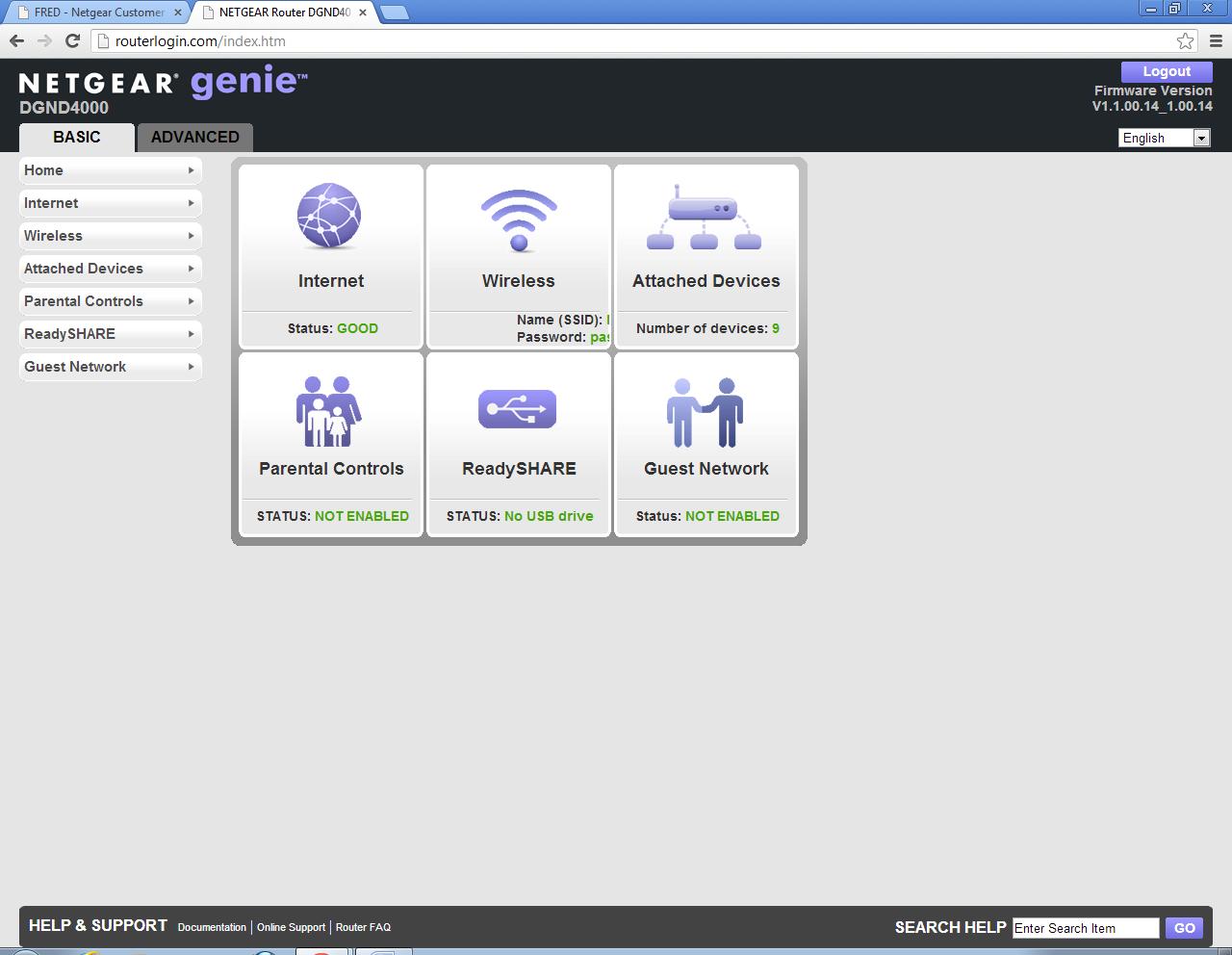
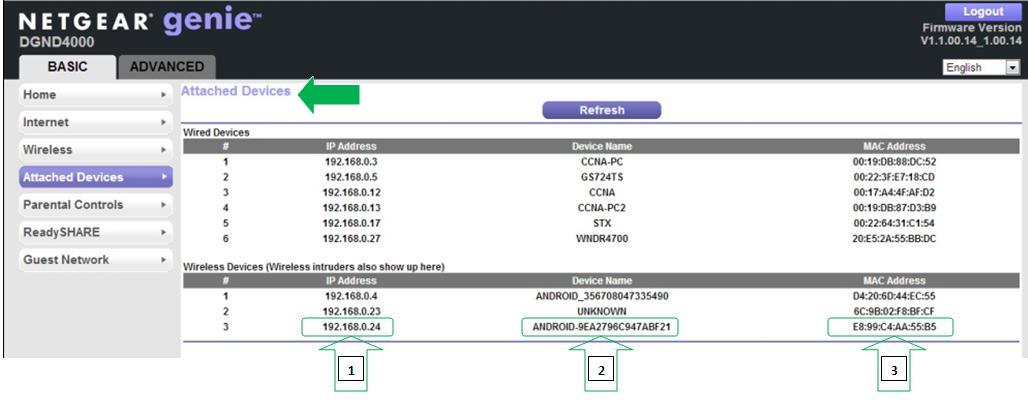
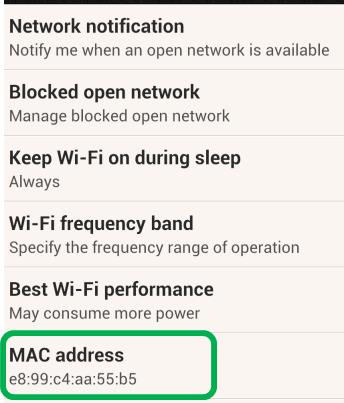
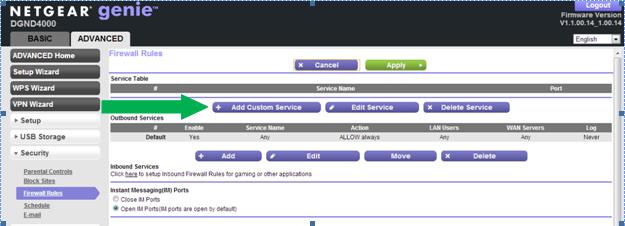
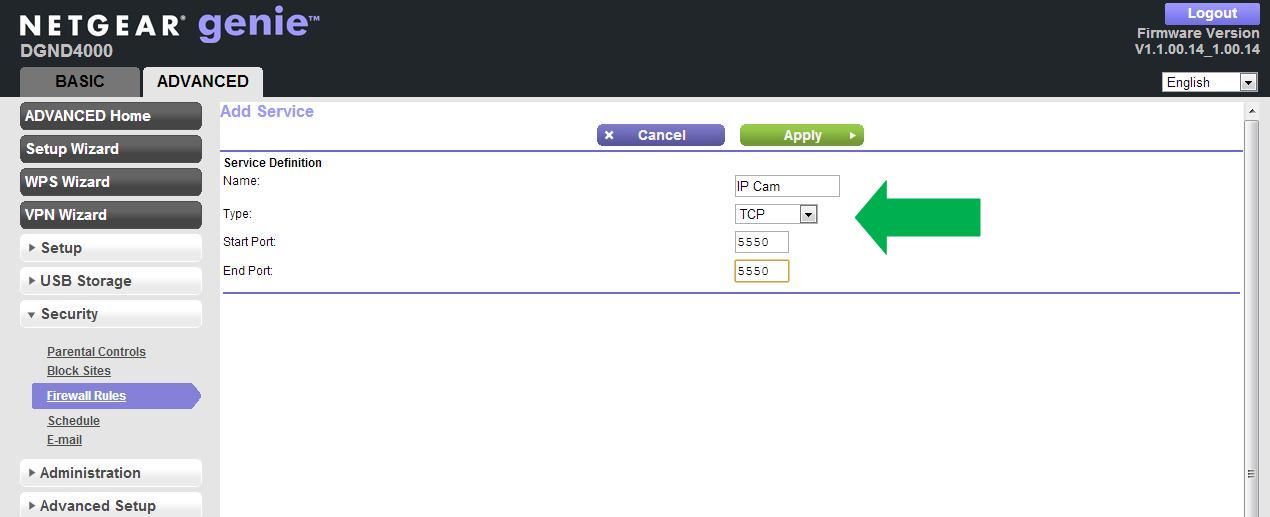
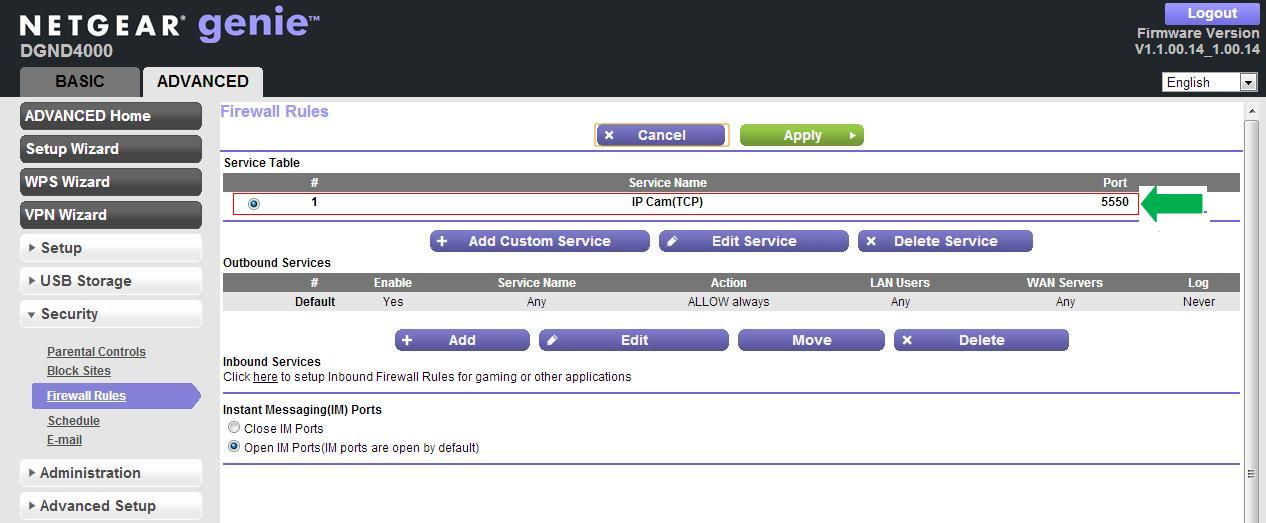
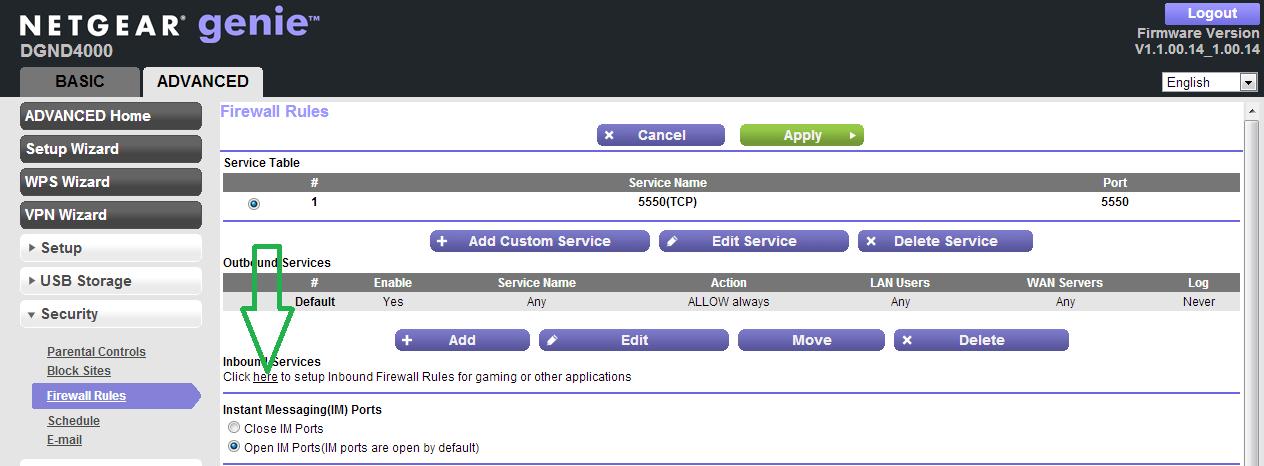

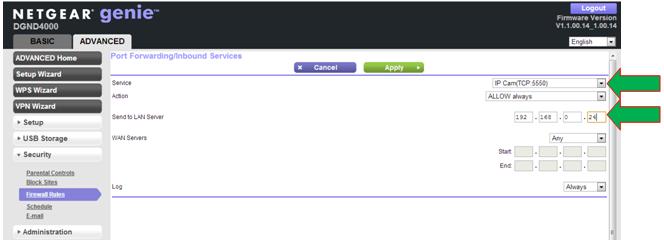


0 Response to "How To Allow Camera On Router"
Post a Comment